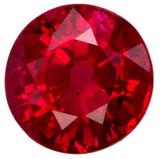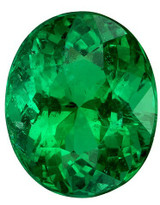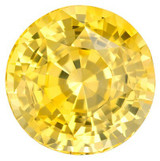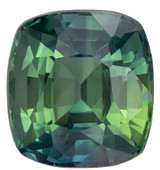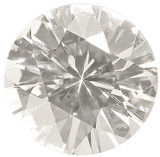AfricaGems is the Leader in Heirloom Precious Gemstones - Ruby | Alexandrite | Emerald | Sapphires
While the classifications of precious and semi-precious gemstones have been around since ancient times, ancient definitions were often based on the visual beauty or talismanic properties of the gem. The modern definitions of precious and semi-precious gems date back to the mid-1800s. One of the catalysts was the discoveries of big amethyst deposits, which suddenly made amethyst - valued as a precious stone for centuries - not as rare and coveted. So amethyst dropped off the list, and the precious gemstones were defined as diamond, ruby, sapphire and emerald. All other gemstones, no matter how beautiful, were relegated to "semi-precious."
In the late 1800s, large diamond deposits were discovered, and like amethyst, diamond should have been bumped off the "precious gemstones" list. However, the De Beers diamond conglomerate manipulated both diamond supply (by feeding diamonds slowly into the market) and diamond demand (with their decades-long Diamonds are Forever campaign). Diamonds retained both a perceived rarity and an immense value, and kept their spot on the "precious gems" list.
But the familiar distinctions "precious gems" and "semi-precious gems" are not a good indicator of value, or even rarity. Jadeite, painite and musgravite can be worth just as much per carat as - if not more than - emerald, rubies and sapphires.
For that reason, most gem and jewelry associations discourage the use of "semi-precious" when describing gemstones.
We've kept the terms on the site, because most gem buyers are familiar with those terms. But we have put alexandrite in the "precious gems" section, because the value certainly matches that of the other "precious" gems.
More Information on Precious Gemstones
Precious gemstones have been prized for their beauty, rarity, and value for centuries. They have been used for a variety of purposes, including in jewelry, as talismans and amulets, and as a means of exchange. Gemstones have been used in jewelry for thousands of years. The ancient Egyptians were among the first to use gemstones in jewelry, and they used a variety of gemstones, including lapis lazuli, turquoise, and carnelian. The ancient Greeks and Romans also used gemstones in their jewelry, and the Romans were known for their love of gemstones, particularly diamonds. Gemstones have also been used for religious and spiritual purposes throughout history. In many cultures, gemstones were believed to have special powers and were used as talismans or amulets to protect against evil or bring good fortune. In some cultures, gemstones were also believed to have healing properties and were used in traditional medicine. Gemstones have also been used as a means of exchange and as a symbol of wealth and status. In some cultures, gemstones were used as a form of currency, and they were often given as gifts to show wealth or status.
Today, gemstones are still widely prized for their beauty and value, and they continue to be used in a variety of applications, including in jewelry, as collectors' items, and as a means of investment. Some gemstones are called precious gemstones because they are rare and highly valued for their beauty, durability, and rarity. Precious gemstones include diamonds, rubies, sapphires, and emeralds. Rubies are also considered a precious gemstone because of their beautiful red color and their durability. They are the second hardest gemstone after diamonds and are often used in fine jewelry. Sapphires are a type of corundum, and they are available in a variety of colors, including blue, pink, yellow, and white. Blue sapphires are the most well-known and are considered a precious gemstone due to their beauty and durability.



